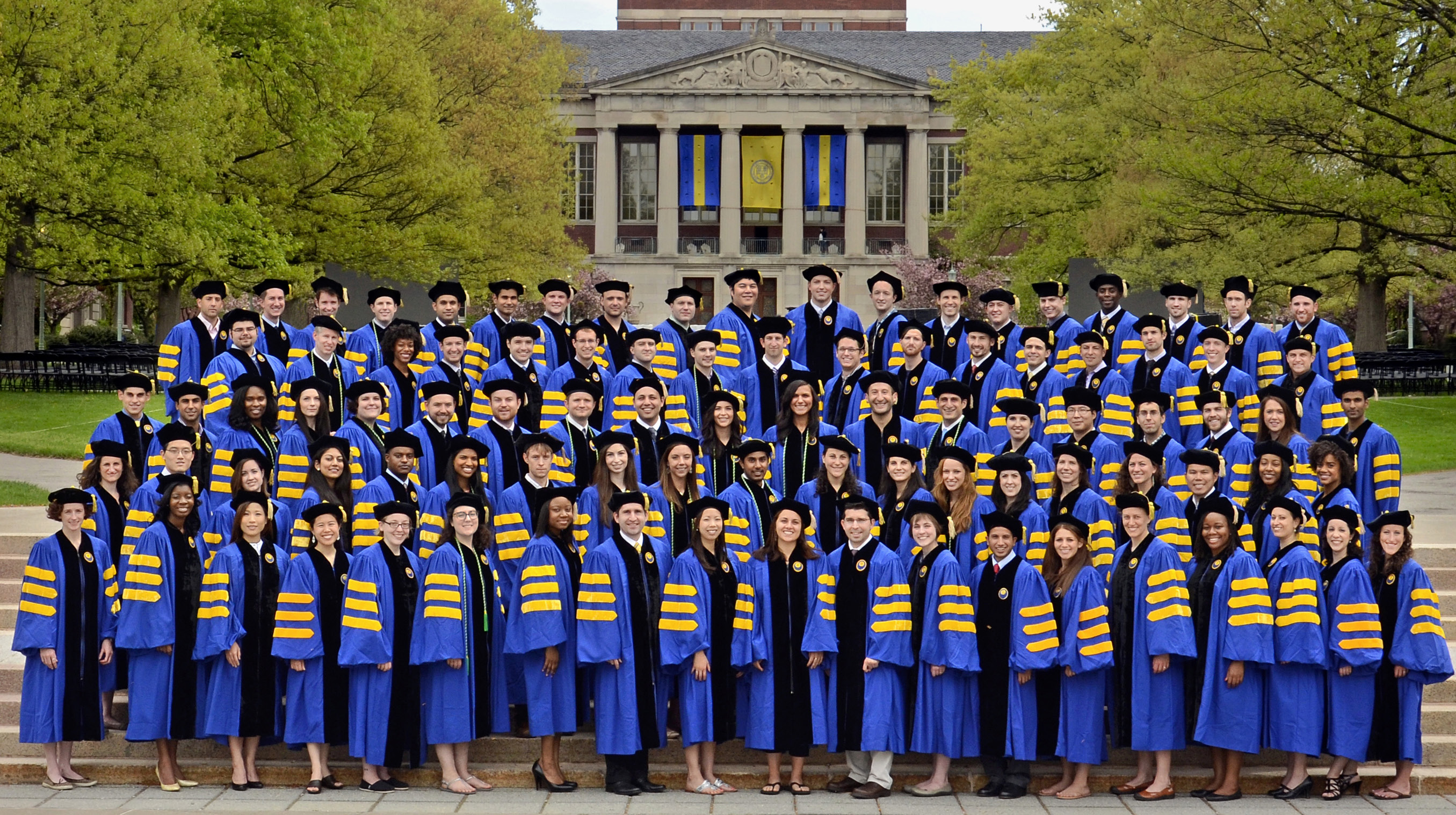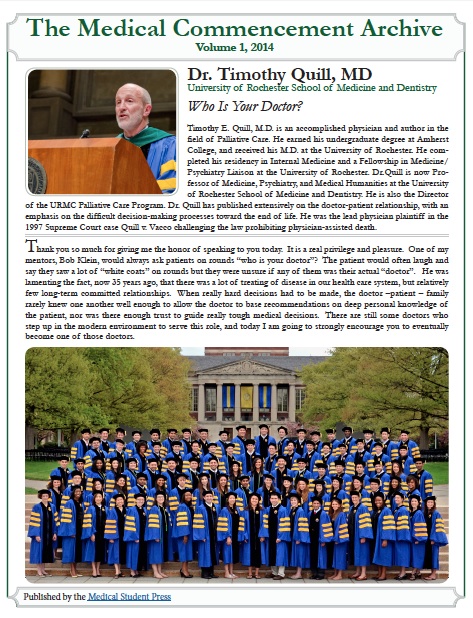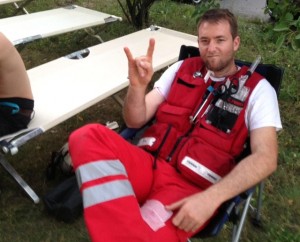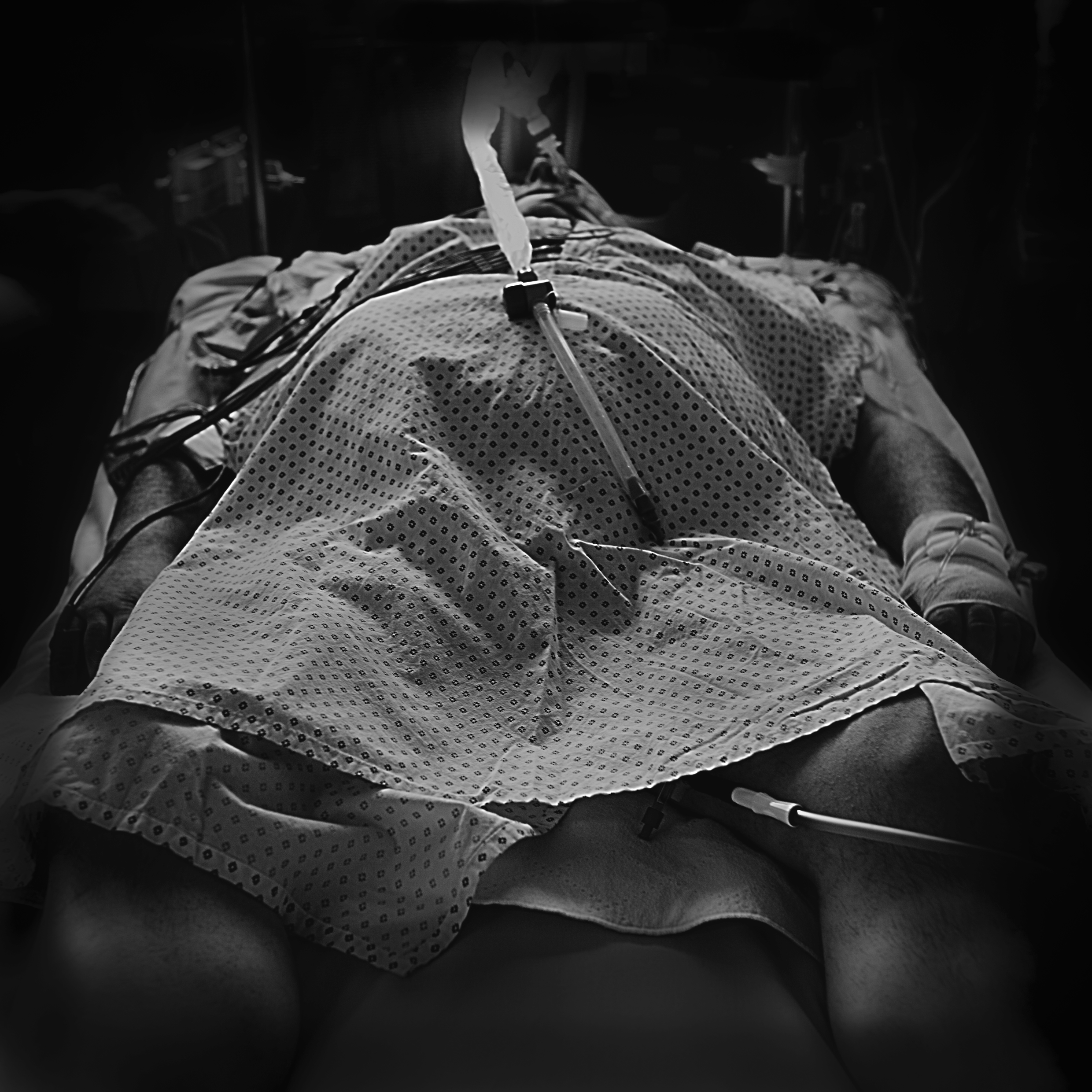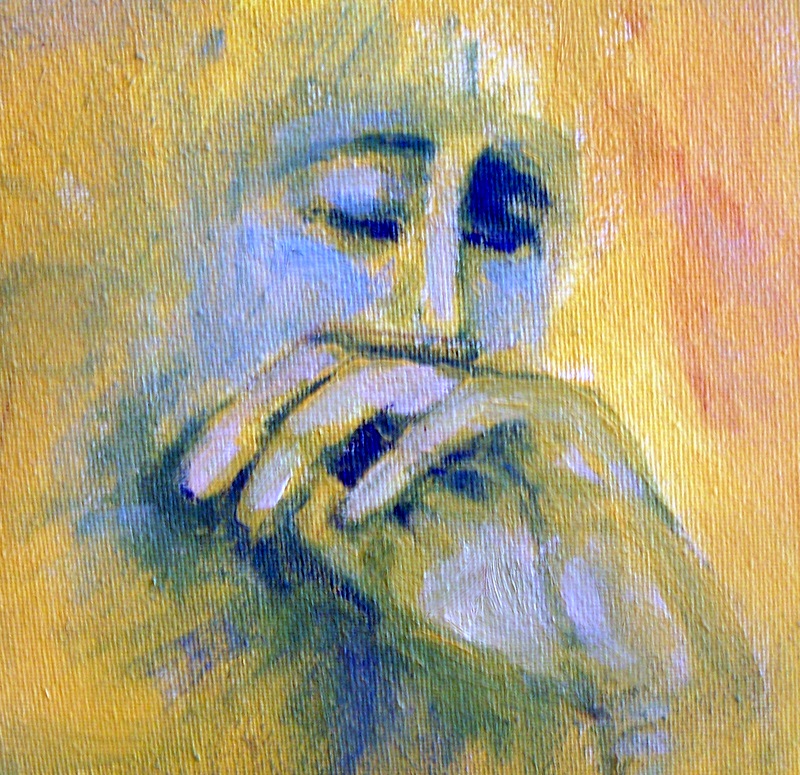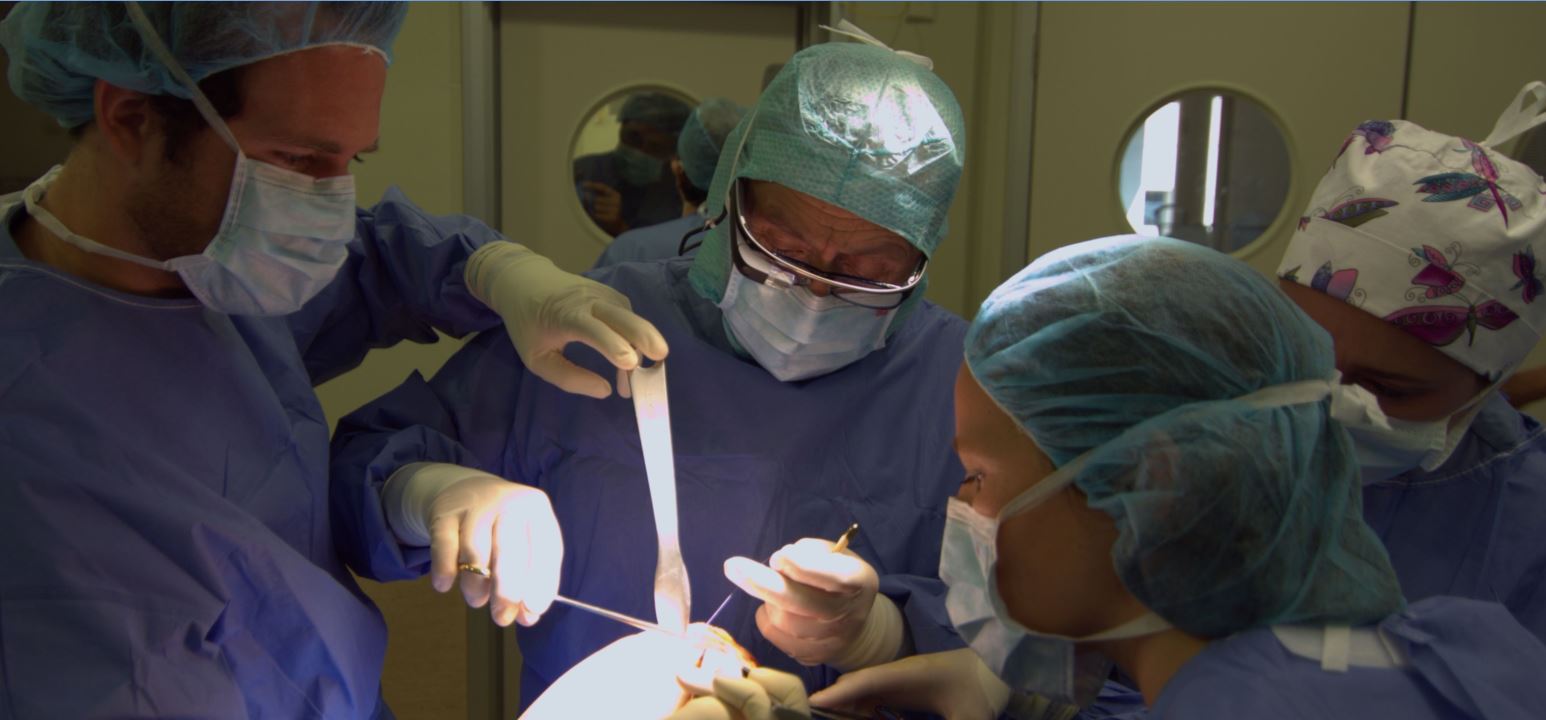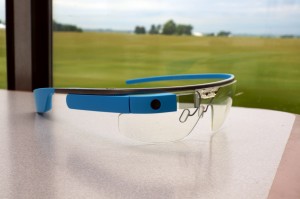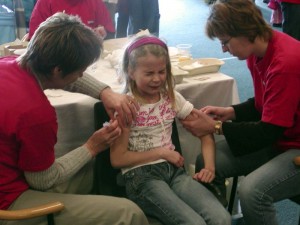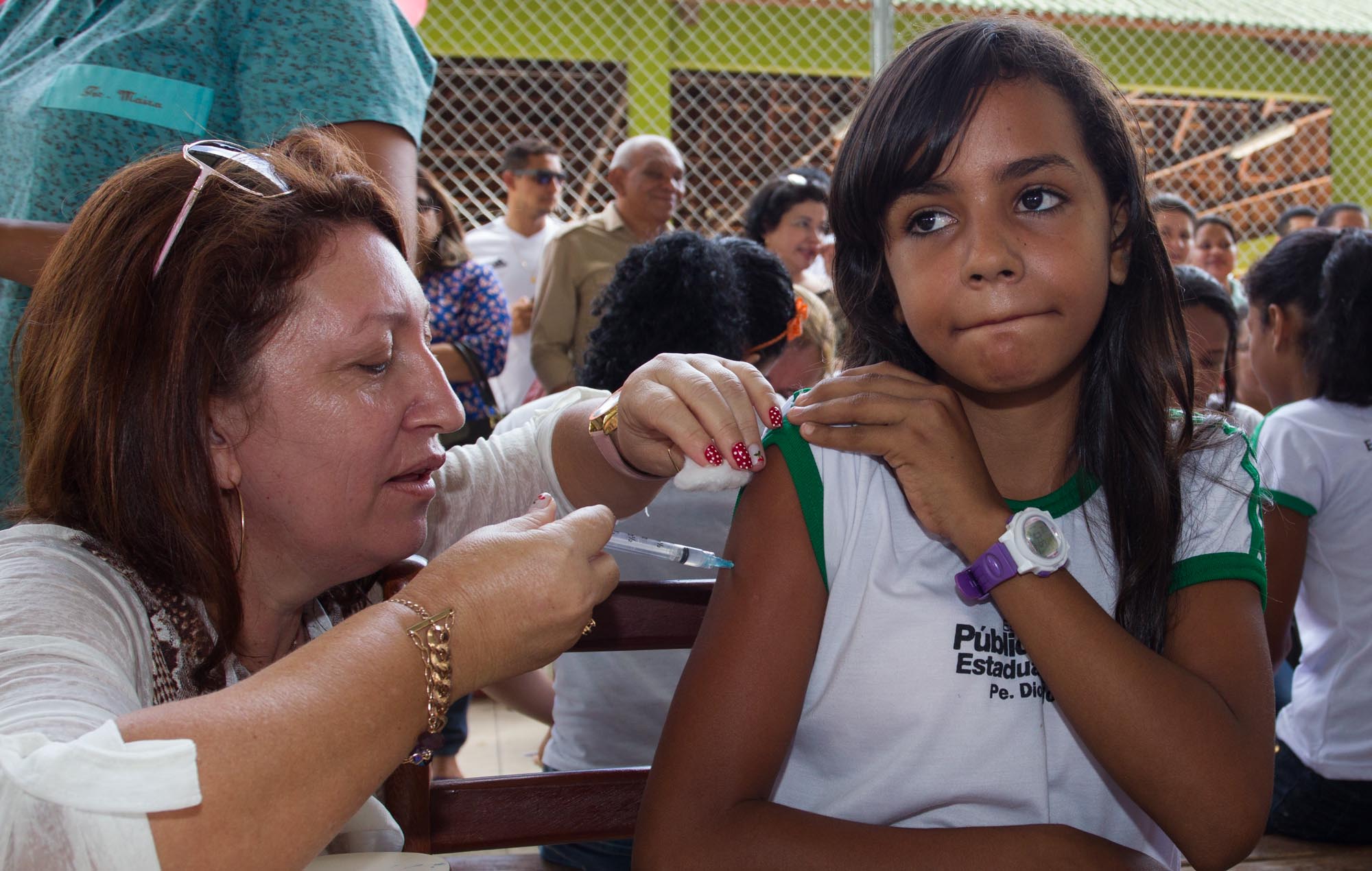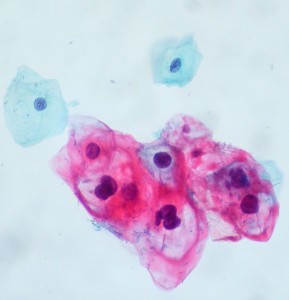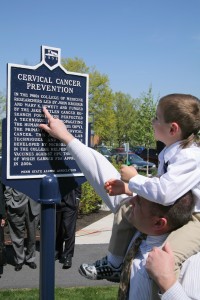Dr. Abraham Verghese, critically acclaimed author and widely respected clinician, is now featured in the Medical Commencement Archive. Dr. Verghese’s commitment to medical humanities, teaching, and the art of medicine is one that students have the pleasure and honor of learning from through various platforms.
In his speech, Timelessness in the Ever-Changing Medical Field, Dr. Verghese calls upon the Stanford University School of Medicine graduates to find the connection between their technology-laden careers and the careers of their predecessors.
“I hope that sense of history will make you conscious that when you are there with the patient, you are also participating in a timeless ritual. Rituals, like this one today, with all its ceremony and tradition are about transformation, about crossing a threshold — indeed the ritual of our graduation ceremony is self-evident. When you examine a patient, if you think about it, it is also a timeless ritual, a crossing of a threshold.”
“May you celebrate the rituals of medicine, recognizing their importance to both you and the patient. May you find courage to face your own personal trials by learning from your patients’ courage. May you minister to your patients even as they minister to you. When there is nothing more medically you can do for patients, remember it is just the beginning of everything you can do for your patients; you can still give them the best of you, which is your presence at their bedside. You can heal even when you cannot cure by that simple human act of being at the bedside — your presence. May you discover as generations before you have, the great happiness and satisfaction inherent in the practice of medicine, despite everything”
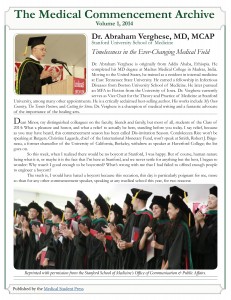 Interested in reading about Dr. Verghese’s work with infectious diseases? Check out My Own Country which features stories of the rise of AIDs in rural Tennessee. Interested in reading about mental health and creating balance within the medical field? Check out The Tennis Partner which explores the drug addiction and familial struggles of medical professionals. Fancy yourself a great fiction read in medical drama? Take a look through Cutting for Stone.
Interested in reading about Dr. Verghese’s work with infectious diseases? Check out My Own Country which features stories of the rise of AIDs in rural Tennessee. Interested in reading about mental health and creating balance within the medical field? Check out The Tennis Partner which explores the drug addiction and familial struggles of medical professionals. Fancy yourself a great fiction read in medical drama? Take a look through Cutting for Stone.
Further, Dr. Verghese writes on a variety of other interesting topics through New York Times, Newsweek, and Washington Post articles. Expounding upon the importance of the patient-physician relationship, Dr. Verghese has had a number of talks and interviews including TED talks.
Incredibly popular amongst medical students is, “Stanford 25: An Initiative to Revive the Culture of Bedside Manner” which features videos of Dr. Verghese’s physical examination methods.
Dr. Verghese is a champion of medical writing and a fantastic advocate of the importance of the healing arts. Enjoy this wonderful new addition to the Medical Commencement Archive.


